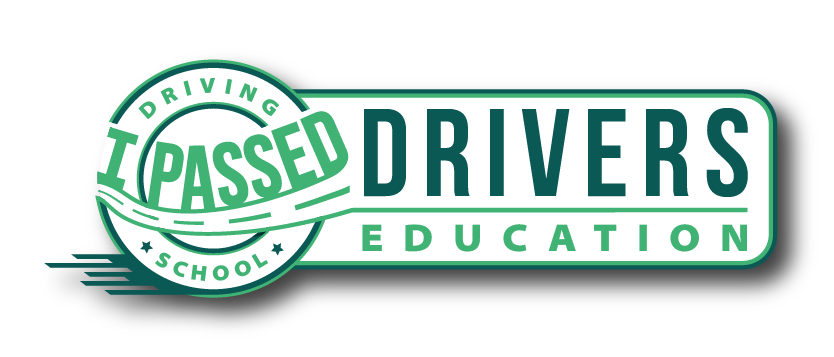How to be a Proactive Driver
Contents
Driving can be dangerous when a driver is not prepared. Too many drivers don’t drive proactively. This sort of driving prepares drivers for anything that can be encountered on the road, especially collisions and bad drivers. Proactive driving can save lives and money and is now taught in many Anaheim driving school courses. Here’s how you can become a proactive driver.
Plan for the Unexpected.
Storms, detours, road hazards, and bad drivers can all lead to accidents. When people think they are going to be late for an activity, they tend to drive a little more aggressively and will speed to make up for lost time. You should always plan for delays when you are driving so that you can follow all traffic laws to keep yourself and others safe.
When it comes to bad drivers, you will want to make sure to have an escape route. Make sure that you are in a place where your car can be seen by others. You should also make sure there’s an alternative path so you can move your car if you are suddenly in danger.
Don’t Rely on Other Drivers
If you have already been on the roads, you may have learned that not all drivers who as they’re supposed to. Some speed while others don’t check their blindspots. When you are behind the wheel, do what you should do and be prepared to react to drivers who do not care for your well-being like you care for theirs.
Take Driver’s Education
In order to become a proactive driver, you will want to attend a driving school in Anaheim. There you will learn traffic laws, good driving techniques, and reaction skills that can be a lifesaver.
Always Focus and Eliminate Distractions
You should always focus on your driving. Never text, change the radio station, or any other activity that would take your attention off the road.
Think About Safety
You can put yourself in a strong position to deal with other people’s unsafe driving if you avoid aggressive and distracted driving tendencies. You should make sure to lock your doors and wear your seatbelt to protect yourself in the event of a crash.
Follow the Rules of the Road
These laws are put in place to save lives and prevent car accidents. By following the laws that you learned in your driver’s education course, you will become a proactive driver ready for anything. This includes following the speed limit. Posted speed limits apply to ideal driving conditions, so if you do encounter bad weather, make sure to slow down and go at a safe pace.
Practice Driver Communication
You should use various methods of communication with other drivers. Make use of the directional signals, position of vehicle, and headlights or your horn to communicate with other drivers so that they can predict what you are doing and make the safest plan of action.
If you want to learn how to be a proactive driver, start with driving school so that you can learn the basics and gain valuable hands-on experience.














